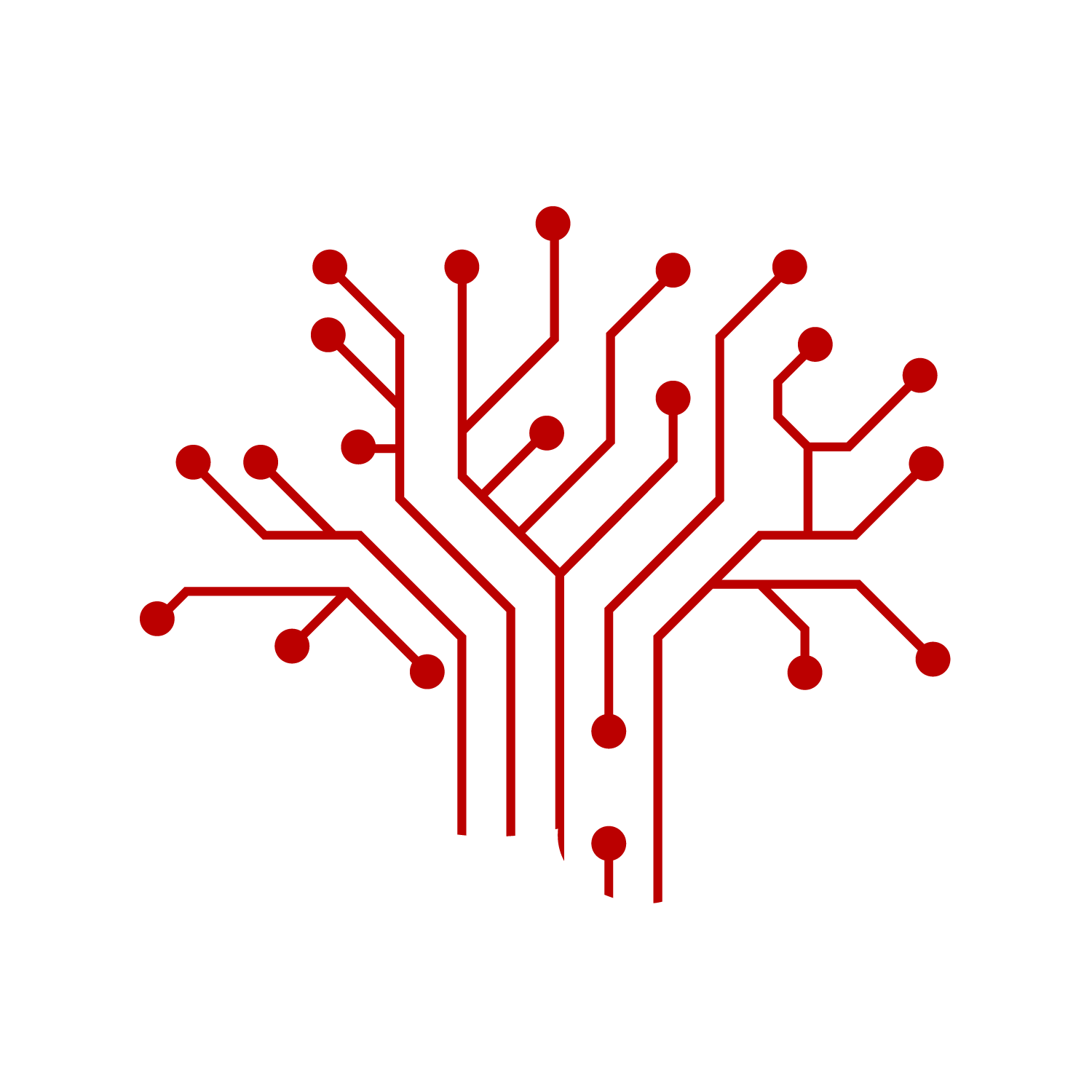Disentangling Interactions Across Brain Areas
By Sara Vaccar
Media InquiriesExploring how brain areas communicate with each other is the focus of a long-standing research collaboration between Carnegie Mellon University, Albert Einstein College of Medicine, and Champalimaud Research. The cross-continental team is simultaneously recording populations of neurons across multiple brain areas in the visual system and utilizing novel statistical methods to observe neural activity patterns being conveyed between the areas. Their latest findings reveal that feedforward and feedback signaling involve different neural activity patterns, lending fresh understanding into how the brain processes visual information.
A myriad of brain functions, such as seeing, hearing, and making decisions, require multiple brain areas to communicate with one another. Researchers have previously studied pairs of neurons or some aggregate metric of neuronal activity across areas to assess how information is taken in, processed, and then acted upon in everyday life. Few groups have studied, in such detail, populations of neurons together to see what type of activity patterns are being communicated across brain areas.
“The idea of this study was to investigate how information flows across two areas in the visual cortex, V1 and V2,” says João D. Semedo, first author of the work published in Nature Communications and former electrical and computer engineering Ph.D. student. “We had strong reasons to believe that the areas communicated with one another, based on anatomy, but tracking the flow of signals between areas has proven to be really difficult.”
"We applied statistical methods in a creative way to pull out signals that haven’t been extracted before."
- João D. Semedo, Former postdoctoral researcher, Electrical and Computer Engineering
Semedo continues, “Using pioneering technology from Dr. Kohn’s lab, we have been able to record multiple brain areas at the same time, and within each of those brain areas, record many neurons. It is the activity of a group of neurons together that tells us what is specifically going on. Then, we applied statistical methods in a creative way to pull out signals that haven’t been extracted before.”
In their analysis, the group identified directed interactions between brain areas and confirmed that patterns of activity in feedforward interactions (from V1 to V2), differed from patterns of activity in feedback interactions (from V2 to V1). Weekly meetings and a tight-knit, teamwork-driven approach has enabled the collaborators to stay connected on all aspects of the work and contributed to their success.
“Understanding what is communicated from one brain area to another is tough to disentangle, because signals are flowing in all directions, all the time,” explains Adam Kohn, professor of neuroscience at the Albert Einstein College of Medicine. “The thing that is most exciting to me about this work is the perspectives it opens for the future. If we can pinpoint the activity patterns that are involved in different signaling directions, it will be a big step forward in understanding how the brain works.”
"The thing that is most exciting to me about this work is the perspectives it opens for the future."
- Adam Kohn, Professor of neuroscience, Albert Einstein College of Medicine
More broadly, these methods could be applied to investigate the flow of communication in other areas of the brain, outside of the visual system.
“Studies like these increase our basic scientific understanding of how the brain works,” says Byron Yu, professor of biomedical engineering and electrical and computer engineering. “Many brain disorders involve a breakdown of communication between brain areas. This pioneering work could lead to novel treatments for such disorders, and even help us develop new methods to aid brain development and ways to learn.”
The group’s work is ongoing and supported by the Simons Foundation and National Institutes of Health. Additional study authors include Prof. Christian Machens (Champalimaud Research) and Drs. Anna Jasper, Amin Zandvakill and Amir Aschner (Albert Einstein College of Medicine).

